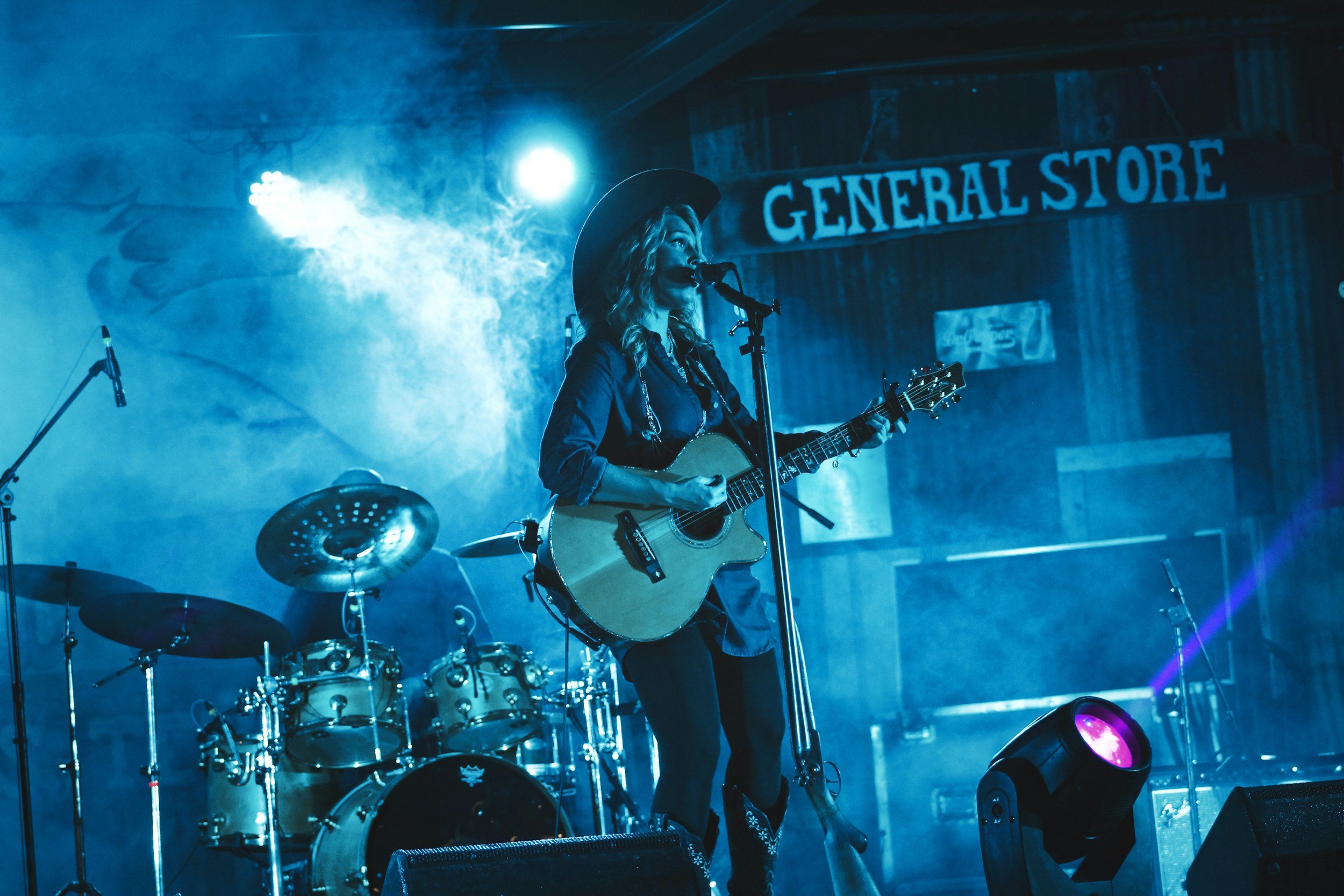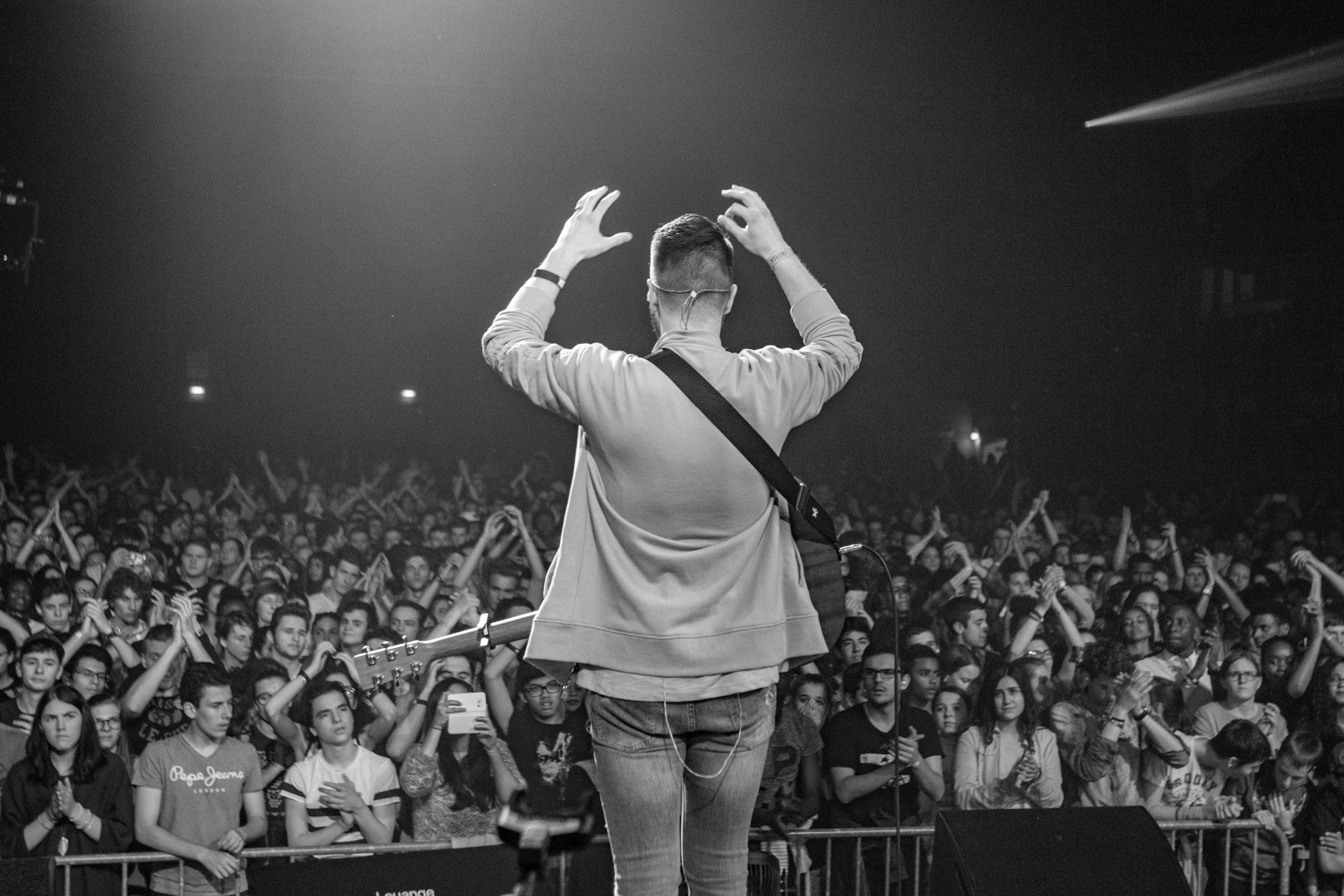SafeSeat: Secure Mobile Ticketing
The purpose of SafeSeat is to create a secure, user-friendly mobile ticketing app that addresses the prevalent issue of ticket scalping and bot interference. With high-demand events, bots and scalpers often purchase large volumes of tickets, reselling them at inflated prices and making it difficult for genuine fans to get fair access. SafeSeat’s mission is to ensure that real fans can buy tickets at face value, reducing the financial and accessibility barriers caused by secondary markets.
Target Audience
Event goers
Event organizers and venues
Artists and performers






My Role
Conducting user research to understand pain points and motivations around ticket buying.
Defining core features that prioritize security and ease of use.
Designing and prototyping user interfaces that minimize friction in the buying process while enhancing bot resistance.
Project Scope
Anti-Bot Measures: Designing ways to prevent bots from accessing the purchasing flow.
User Verification: Implementing secure identity checks to ensure real users are prioritized.
Post-Purchase Security: Ensuring tickets cannot be easily resold on secondary markets through secure digital watermarking or ticket-lock features.
How do users currently experience ticket purchasing?
Answer: Users frequently experience tickets selling out within seconds, leading to frustration and distrust in ticketing platforms. They feel genuine fans are often left without options due to bots purchasing large volumes.
User Research Goals
Through surveys conducted with peers, faculty, and anonymous online users, SafeSeat aimed to answer the following questions:
2. How can we design for trust and transparency in the ticketing process?
Answer: Many users are skeptical about ticket availability and feel unclear about who has access and why. They want more transparency to feel confident that tickets are distributed fairly and directly to fans.
3. What motivates users to choose specific ticketing platforms?
Answer: Users value seamless navigation, fast payment options, and minimal steps, especially when competing for limited tickets.
"I just want a fair chance to buy tickets without competing with bots or paying crazy prices on resale sites. Ticket buying should be simple and secure, especially for true fans like me."
Design Requirements
Based on research findings, the following requirements and features were identified for SafeSeat to ensure a secure, user-friendly, and fair ticket-buying experience:
Queue System with Position Indicators: If demand is high, a queue with visible positioning can prevent cart hoarding and allow users to see where they stand.
Digital Ticket Lock: Employ a ticket-lock feature, such as a digital watermark or dynamic QR code, which prevents reselling or enables control over resold tickets within SafeSeat at face value only.
Face Value-Only Resale Platform: Include an in-app resale option that allows users to resell tickets at the original price, discouraging scalping and inflated resale prices.
Countdown Timer for Ticket Release: Display a countdown to release times so users are prepared and feel assured of a fair start.
Availability Indicator: Show real-time ticket availability (e.g., "limited seats available") for greater transparency and user trust.
User Account Trust Score:
Include a user account trust score that evaluates and displays the reliability of users based on factors like account age, purchase history, and successful transactions. This fosters transparency and accountability, discouraging fraudulent activities and promoting trustworthy interactions.
Ideation
Mockups
Working on SafeSeat taught me a great deal about balancing security with usability, especially in a high-demand, high-stakes environment like ticket purchasing. I learned that the tension between implementing rigorous anti-bot measures and preserving a smooth user experience is a nuanced challenge that requires empathy, creativity, and technical collaboration. Creating a secure, fair experience that doesn’t alienate genuine users taught me the importance of user-centered security design—security that works invisibly in the background and doesn’t obstruct the core experience.


